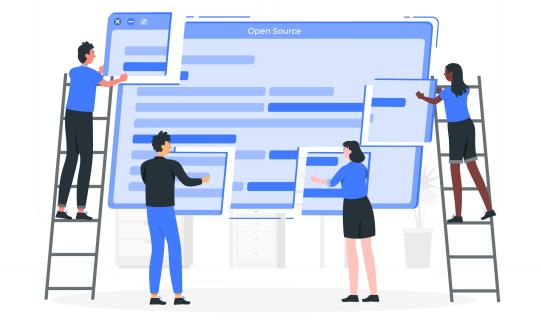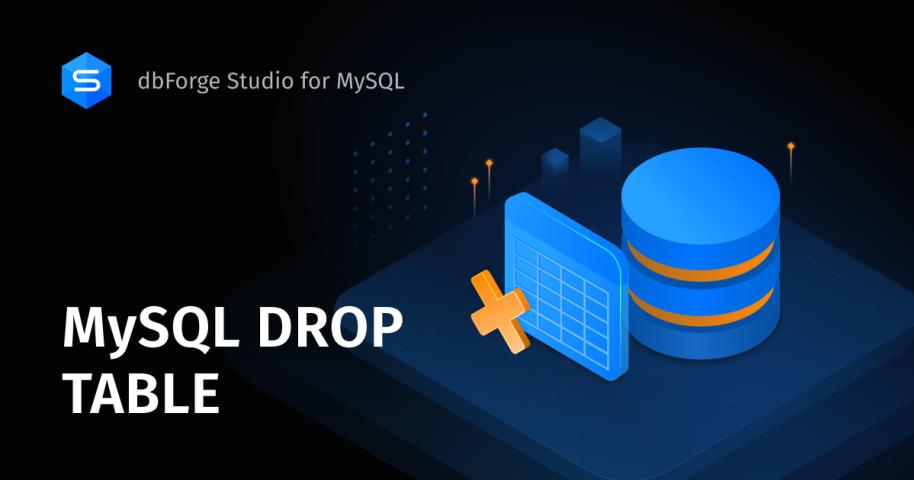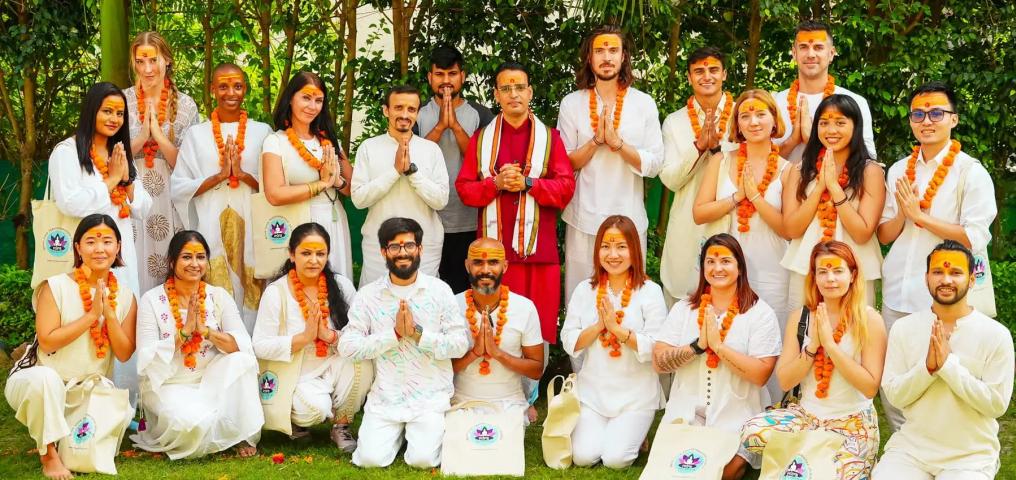The journey from pixels to code is more than just a technical process—it’s an art form that continues to evolve and redefine our online world. In this blog post, we explore the future of digital design, where cutting-edge aesthetics meet robust functionality.
The Evolution of Digital Design
Over the past decade, digital design has evolved from simple layouts to highly interactive, user-centric experiences. This evolution is driven by a blend of innovative design principles and advanced coding techniques that make websites not only visually appealing but also highly functional.
Key Drivers of Change
- Responsive Design: With users accessing websites on various devices, responsive design ensures seamless experiences across desktops, tablets, and smartphones.
- Microinteractions: Small animations and transitions enhance user engagement, making interactions more intuitive.
- Accessibility: Modern design focuses on inclusivity, ensuring that digital platforms are accessible to everyone, regardless of their abilities.
The Creative Side: Pixels in Action
Design is all about visual storytelling. Whether it’s choosing the perfect color palette or creating engaging graphics, the role of pixels is central to how we communicate visually on the web.
Trends in Visual Design
- Minimalism: Clean and uncluttered layouts that emphasize functionality and ease of use.
- Bold Typography: Experimenting with fonts to create strong visual hierarchies and brand identities.
- Dynamic Imagery: Using high-quality images and animations to capture attention and convey messages effectively.
The Technical Side: Code as the Backbone
Behind every stunning design is a robust framework of code that brings the vision to life. Web developers use a variety of programming languages and frameworks to build websites that are fast, secure, and scalable.
Innovations in Web Development
- Progressive Web Apps (PWAs): PWAs offer a native app-like experience on the web, enhancing user engagement and performance.
- Modern JavaScript Frameworks: Libraries like React, Angular, and Vue.js are revolutionizing how developers create interactive user interfaces.
- API-Driven Design: Integrating external data and services seamlessly into websites enhances functionality and user experience.
The Intersection: Where Design Meets Development
The real magic happens at the intersection of design and development. This is where aesthetics meet performance, creating digital experiences that are not only beautiful but also highly efficient and user-friendly.
Best Practices for Harmonizing Pixels and Code
- Collaborative Workflows: Designers and developers should work closely from the project's inception to ensure that the final product reflects both vision and functionality.
- Iterative Testing: Regular testing and feedback loops can help catch issues early and refine both design and code.
- User-Centered Focus: Always prioritize the end-user. A design that looks great but doesn’t meet user needs will fall short of its potential.
Looking Ahead: The Future of Digital Design
As technology continues to advance, the line between design and development will blur even further. Emerging technologies like AI and VR are set to revolutionize the way we think about digital experiences.
What to Expect:
- AI-Driven Design: Algorithms that can predict user behavior and tailor experiences in real-time.
- Augmented & Virtual Reality: New ways for users to interact with digital content, making experiences more immersive.
- Enhanced Personalization: Data-driven insights will enable hyper-personalized user experiences, ensuring every interaction feels unique.
Conclusion
The future of digital design is an exciting blend of creativity and technology. As we continue to push the boundaries of what’s possible, the harmonious integration of pixels and code will shape the way we interact with the digital world.
Whether you’re a designer, developer, or simply a digital enthusiast, staying informed about these trends is crucial. Embrace the future, explore new ideas, and be a part of the digital revolution.
We hope you enjoyed this exploration into the future of digital design. Share your thoughts in the comments below or reach out to discuss how these trends can transform your digital presence.
website design companyhttps://webbitech.com/












